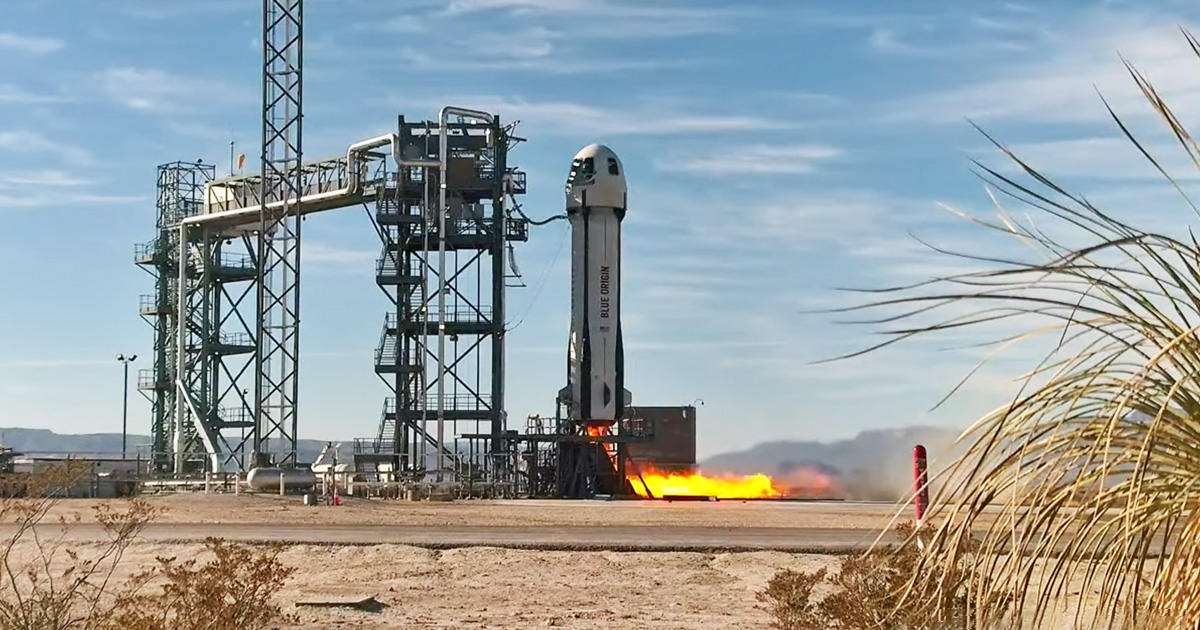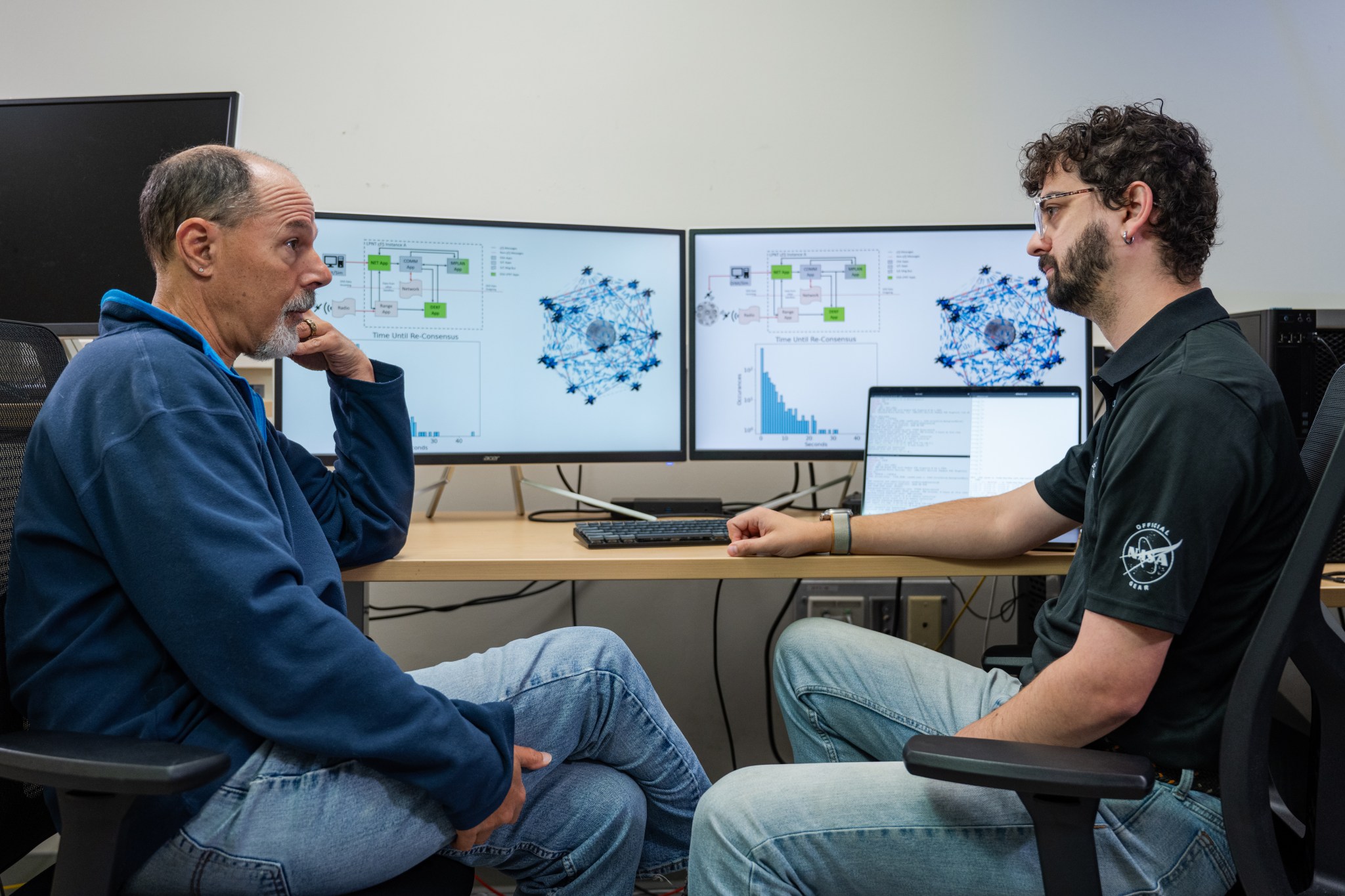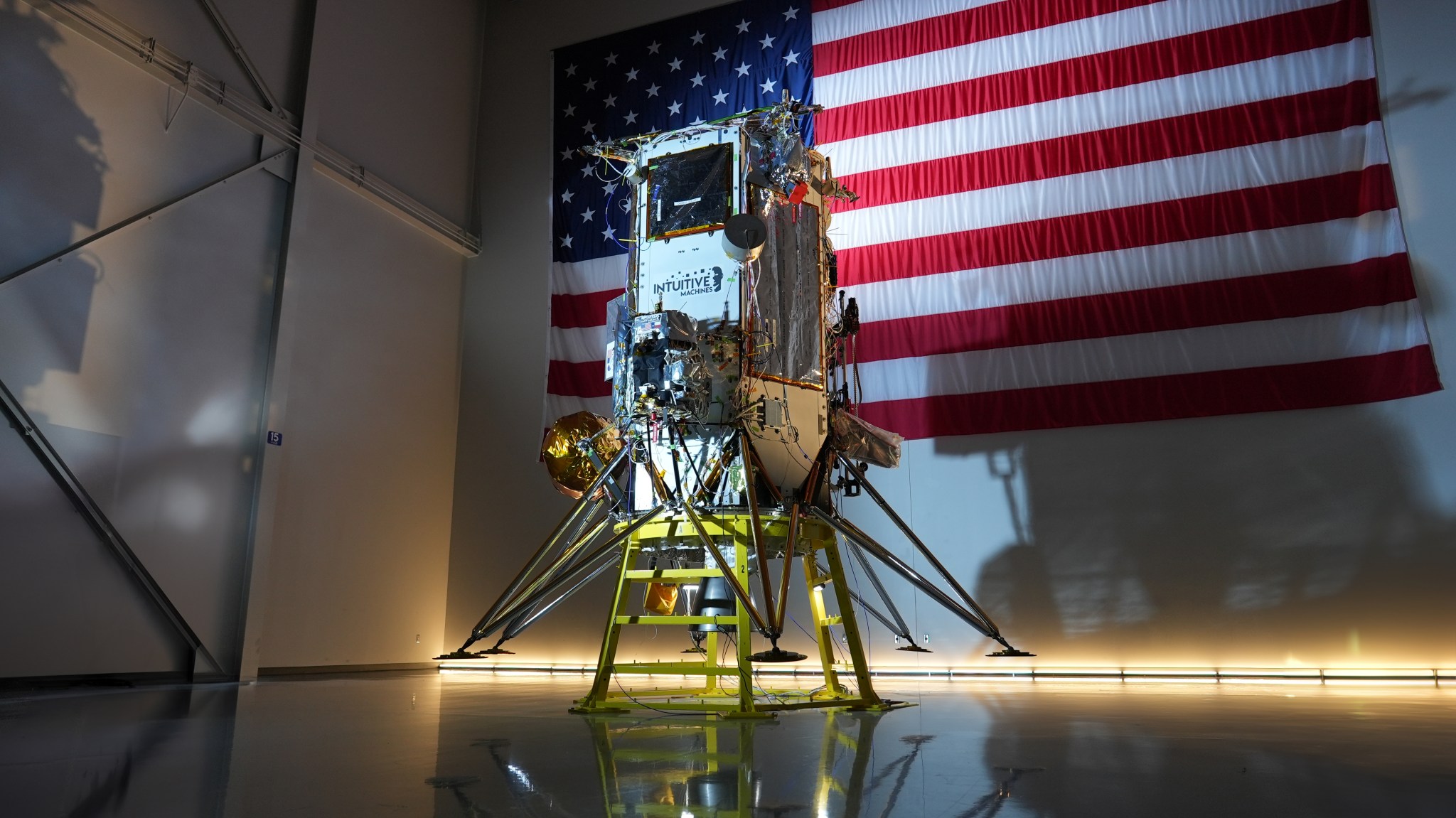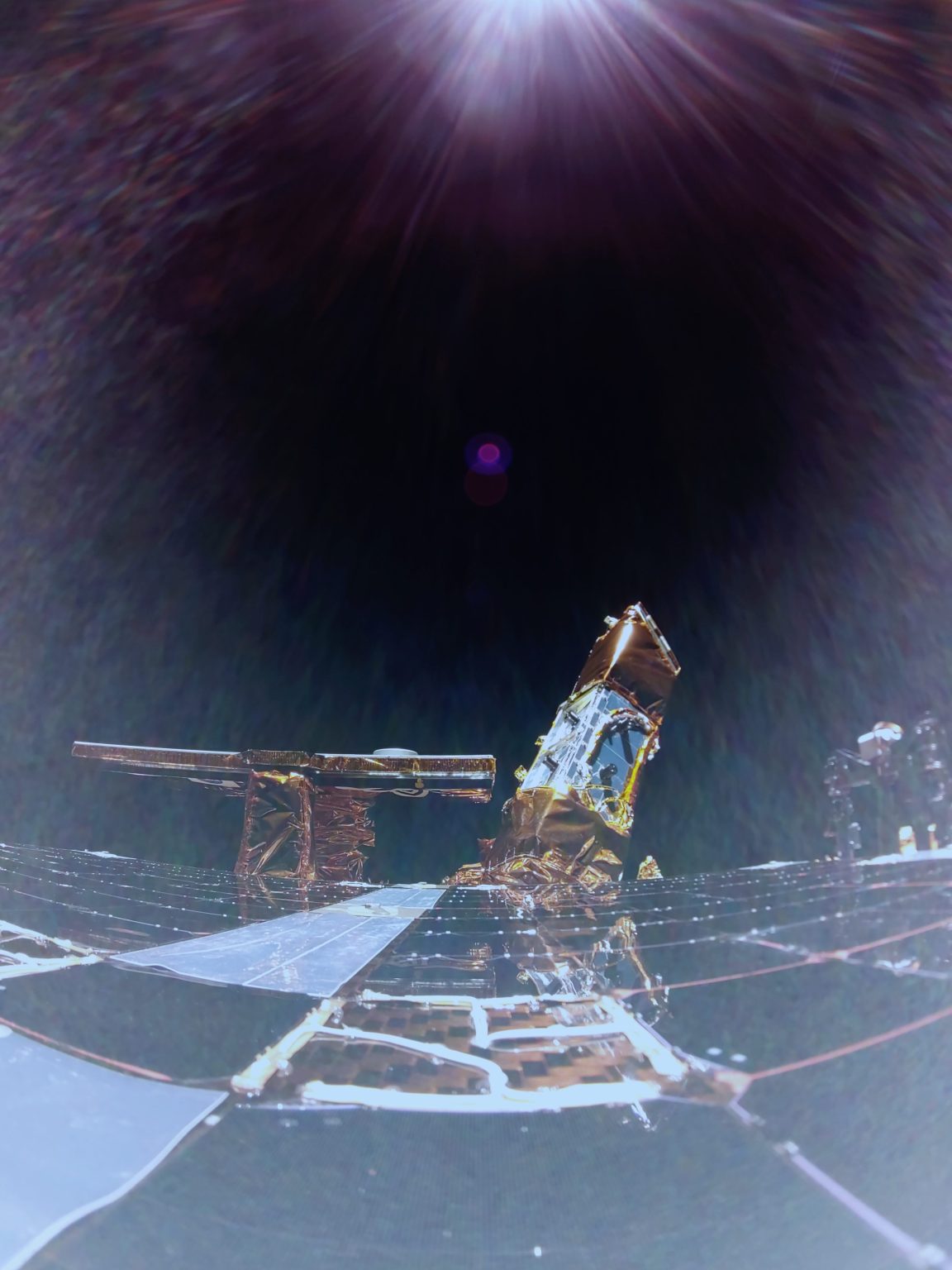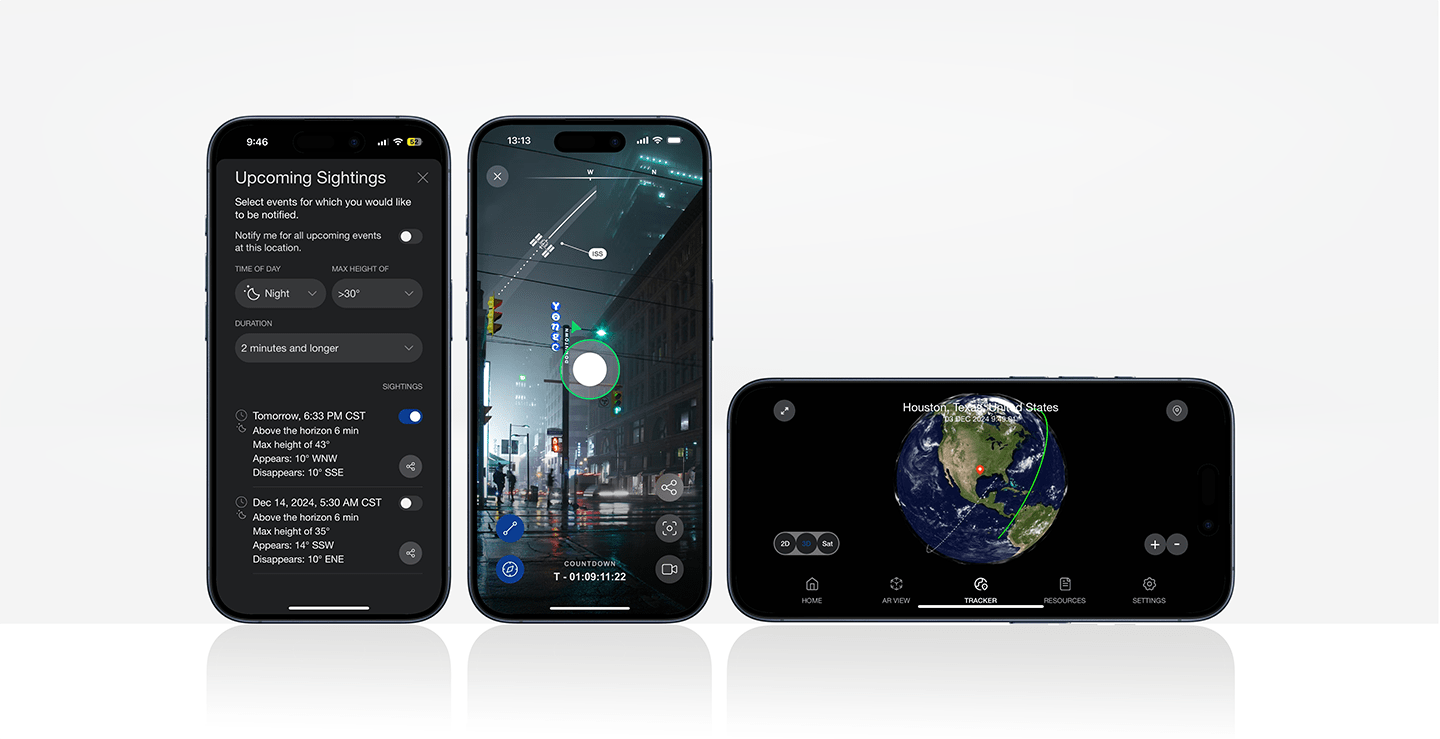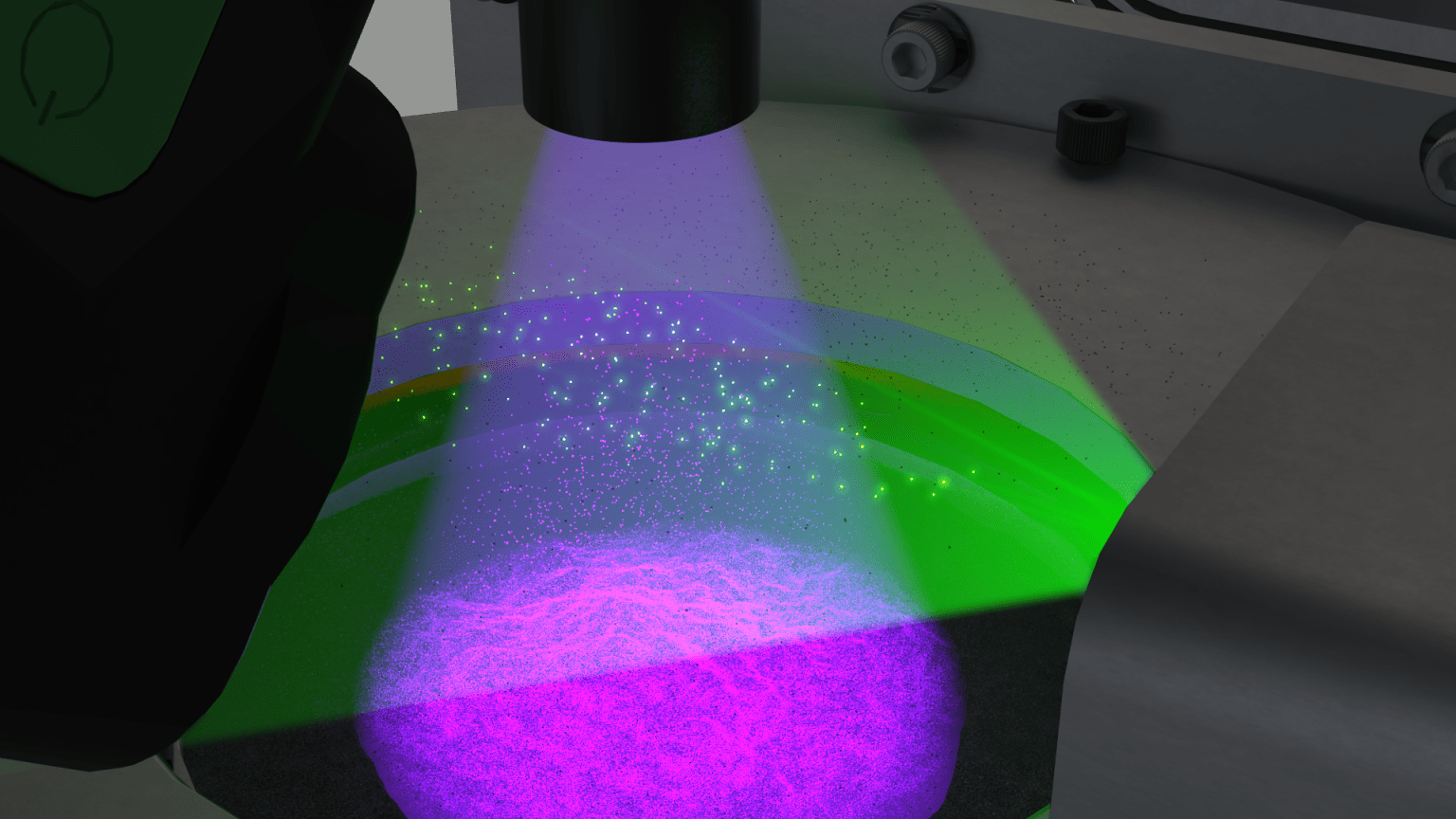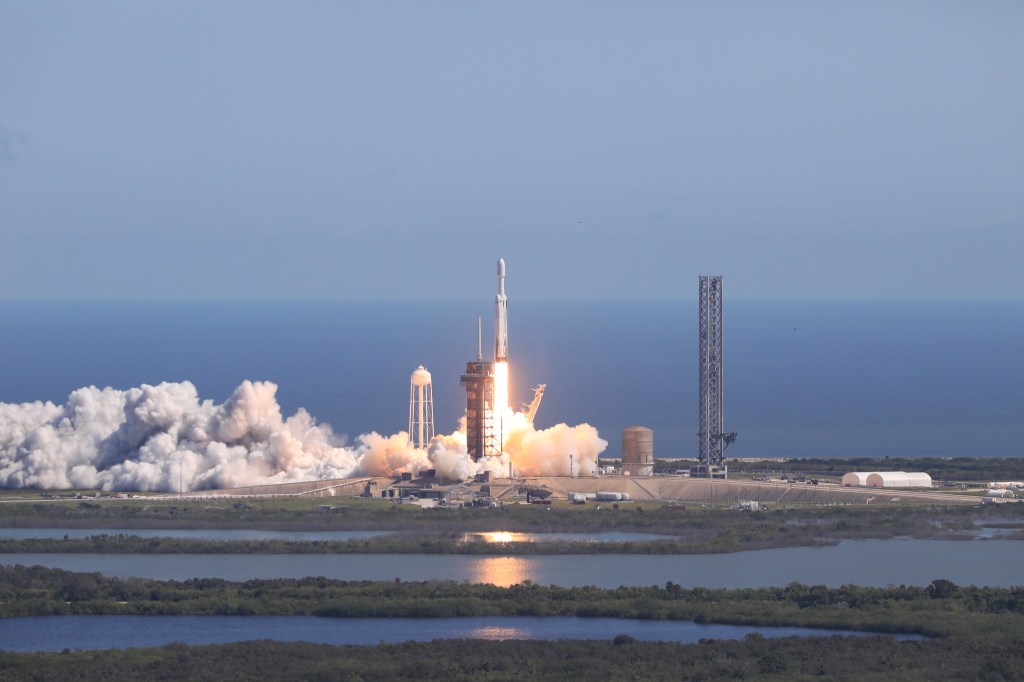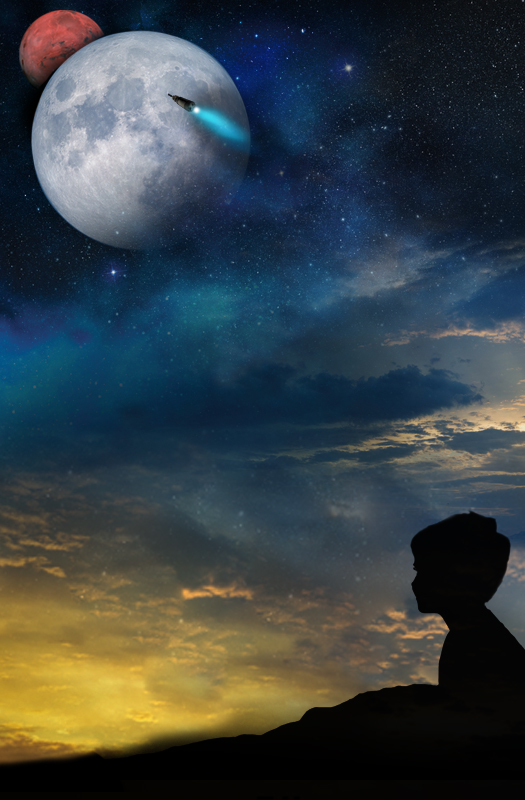NASA’s Ames Research Center in Silicon Valley invites media to learn more about Distributed Spacecraft Autonomy (DSA), a technology that allows individual spacecraft to make independent decisions while collaborating with each other to achieve common goals – without human input. The DSA team achieved multiple firsts during tests of such swarm technology as part of the agency’s project. DSA develops software tools critical for future autonomous, distributed, and intelligent spacecraft that will need to interact with each other to achieve complex mission objectives. Testing onboard the agency’s Starling mission resulted…
Read MoreTag: Space Technology Mission Directorate
NASA Tests in Simulated Lunar Gravity to Prep Payloads for Moon
3 min read Preparations for Next Moonwalk Simulations Underway (and Underwater) Launch of Blue Origin’s New Shepard suborbital rocket system on Feb. 4, 2025. During the flight test, the capsule at the top detached from the booster and spun at approximately 11 rpm to simulate lunar gravity for the NASA-supported payloads inside. Blue Origin The old saying — “Practice makes perfect!” — applies to the Moon too. On Tuesday, NASA gave 17 technologies, instruments, and experiments the chance to practice being on the Moon… without actually going there. Instead, it…
Read MoreNASA Demonstrates Software ‘Brains’ Shared Across Satellite Swarms
5 min read Preparations for Next Moonwalk Simulations Underway (and Underwater) Jeremy Frank, left, and Caleb Adams, right, discuss software developed by NASA’s Distributed Spacecraft Autonomy project. The software runs on spacecraft computers, currently housed on a test rack at NASA’s Ames Research Center in California’s Silicon Valley, and depicts a spacecraft swarm virtually flying in lunar orbit to provide autonomous position navigation and timing services at the Moon. NASA/Brandon Torres Navarrete Talk amongst yourselves, get on the same page, and work together to get the job done! This “pep…
Read MoreNASA to Talk Science, Tech Aboard Next Intuitive Machines Moon Flight
As part of NASA’s CLPS (Commercial Lunar Payload Services) initiative and Artemis campaign, Intuitive Machines’ second delivery to the Moon will carry NASA technology demonstrations and science investigations on their Nova-C class lunar lander. Credit: Intuitive Machines NASA will host a media teleconference at 1 p.m. EST Friday, Feb. 7, to discuss the agency’s science and technology flying aboard Intuitive Machines’ second flight to the Moon. The mission is part of NASA’s CLPS (Commercial Lunar Payload Services) initiative and Artemis campaign to establish a long-term lunar presence. Audio of the…
Read MoreNASA Space Tech’s Favorite Place to Travel in 2025: The Moon!
4 Min Read NASA Space Tech’s Favorite Place to Travel in 2025: The Moon! The first image from space of Firefly's Blue Ghost mission 1 lunar lander as it begins its 45-day transit period to the Moon. Credits: Firefly Aerospace NASA Space Technology has big travel plans for 2025, starting with a trip to the near side of the Moon! Among ten groundbreaking NASA science and technology demonstrations, two technologies are on a ride to survey lunar regolith – also known as “Moon dust” – to better understand surface interactions…
Read MoreNASA Awards 2025 Innovative Technology Concept Studies
A collage of artist concepts highlighting the novel approaches proposed by the 2025 NIAC awardees for possible future missions. Credit: NASA/Left to Right: Saurabh Vilekar, Marco Quadrelli, Selim Shahriar, Gyula Greschik, Martin Bermudez, Ryan Weed, Ben Hockman, Robert Hinshaw, Christine Gregg, Ryan Benson, Michael Hecht NASA selected 15 visionary ideas for its NIAC (NASA Innovative Advanced Concepts) program which develops concepts to transform future missions for the benefit of all. Chosen from companies and institutions across the United States, the 2025 Phase I awardees represent a wide range of aerospace concepts.…
Read MoreNASA’s Spot the Station App Developed by and for the People
3 min read Preparations for Next Moonwalk Simulations Underway (and Underwater) The Spot the Station app was developed in collaboration with the public through a series of crowdsourcing competitions. NASA With more than 25 years of operations, the International Space Station continues to symbolize discovery and cooperation for the benefit of humanity. Since 2012, observers have interacted with the space station through NASA’s Spot the Station website, a web browser-based tool that includes interactive maps for users to track the station and find viewpoints closest to their location. A decade…
Read MoreNASA Technologies Aim to Solve Housekeeping’s Biggest Issue – Dust
5 Min Read NASA Technologies Aim to Solve Housekeeping’s Biggest Issue – Dust This artist rendering of Electrostatic Dust Lofting (EDL) examines the lofting of lunar dust when electrostatic charging occurs after exposure to ultraviolet light. If you thought the dust bunnies under your sofa were an issue, imagine trying to combat dust on the Moon. Dust is a significant challenge for astronauts living and working on the lunar surface. So, NASA is developing technologies that mitigate dust buildup enabling a safer, sustainable presence on the Moon. A flight test…
Read MoreNASA Accelerates Space Exploration, Earth Science for All in 2024
With a look back at 2024, NASA is celebrating its many innovative and inspiring accomplishments this year including for the first time, landing new science and technology on the Moon with an American company, pushing the boundaries of exploration by launching a new mission to study Jupiter’s icy moon Europa; maintaining 24 years of continuous human exploration off the Earth aboard the International Space Station, and unveiling the first look at its supersonic quiet aircraft for the benefit of humanity. The agency also shared the wonder of a total eclipse…
Read MoreLunar Autonomy Challenge: Selected Teams
Congratulations to the selected teams and their schools who will participate in the Lunar Autonomy Challenge! 31 teams were selected for the qualifying round, engaging 229 students from colleges and universities in 15 states. Teams will now move on to a Qualifying Round where they will virtually explore and map the lunar surface using a digital twin of NASA’s lunar mobility robot, the ISRU Pilot Excavator (IPEx). Teams will develop software that can perform set actions without human intervention, navigating the digital IPEx in the harsh, low-light conditions of the Moon. The Qualifying Round will extend to February 28, when…
Read More